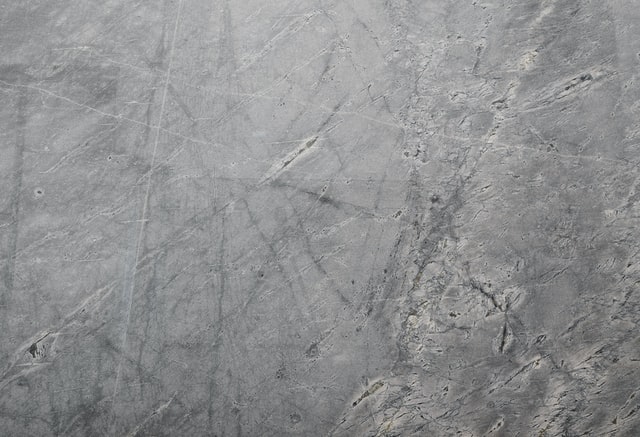How to Repair Concrete in a Commercial Building

As the owner of a commercial building, there are a number of things you have to maintain. One thing that you may overlook from time to time is the concrete in and around your building. Normal wear and tear and accidents cause damage to concrete floors. If you need concrete repair in a commercial building, here are some tips.
What is Concrete Repair?
Concrete repair is the process of repairing concrete with the following methods:
- Epoxy injection
- Grouting
- Gravity filling
- Drilling and plugging
- Crack stitching
Several factors can cause damaged concrete, including:
- Soil that is too soft
- Improper steel placement or reinforcement
- Inadequate joint design
Several natural and man-made issue can damage concrete.
How Do You Repair Concrete in a Commercial Building?
When repairing the concrete floor of your commercial building, there are a few steps you need to take:
Assess The Damage
There are many different kinds of concrete damage you need to keep an eye out for and what they mean.
- Incorrectly mixed concrete can result in spiderweb cracks. Usually, it means that the original installer was trying to stretch their material too far and added too much water.
- Large fissures can also stem from incorrectly mixed concrete. Usually, this is a result of the original installer adding too much hardener to the mix. The thought here is that the more the better, but in reality, the more hardener you add to a cement mix, the more brittle it becomes.
- Floors that are patchwork or uneven are usually that way because the original purpose of the floor was to be covered up by something else, like a hardwood floor. Usually, these batches of concrete were not matched and at the time, there was no reason to try and match the batches, which lead to a patchwork look.
- Sealants prevent concrete stains. If not used, stains and scuffs can occur. Of all of the potential damage scenarios here, these one is the easiest to fix. Sealants prevent concrete stains. If not used, stains and scuffs can occur.
Repairing Stained and Scuffed Concrete Floors
In this situation, a lot of owners opt to grind away all of the imperfections and seal them while keeping the original floor. This includes grounding, polishing, and sealing the concrete floor.
Other Types of Floor Repair
With different types of floor repair comes different recommendations based on the scenario you’re facing. For floors with large fissures, patchwork, or unevenly poured floors, your best bet is going to be a concrete overlay. This way, you’re essentially getting a fresh start on the floor and you’ll be able to cater the design of the floor to exactly the way you want.
In some instances of cracks or fissures, you may be able to route out the cracks, a process that widens the cracks, and then fills those cracks with a flexible material, usually epoxy, so the cracks are sealed up. Newer materials besides epoxy have become popular in recent years, including those that are specifically designed to keep your floor from re-cracking.
If you’re looking to repair slabs, a floor can be ground down and made even before adding a concrete overlay to the floor. This concrete overlay isn’t so much a thick chunk of concrete, but a thin veneer of concrete that not only makes the floor nice and even, but can be designed in such a way to add to whatever aesthetic you’re looking for.
Pour concrete overlays onto the floor. They can accommodate any color and design. Add polish to the floor to make it shine!

